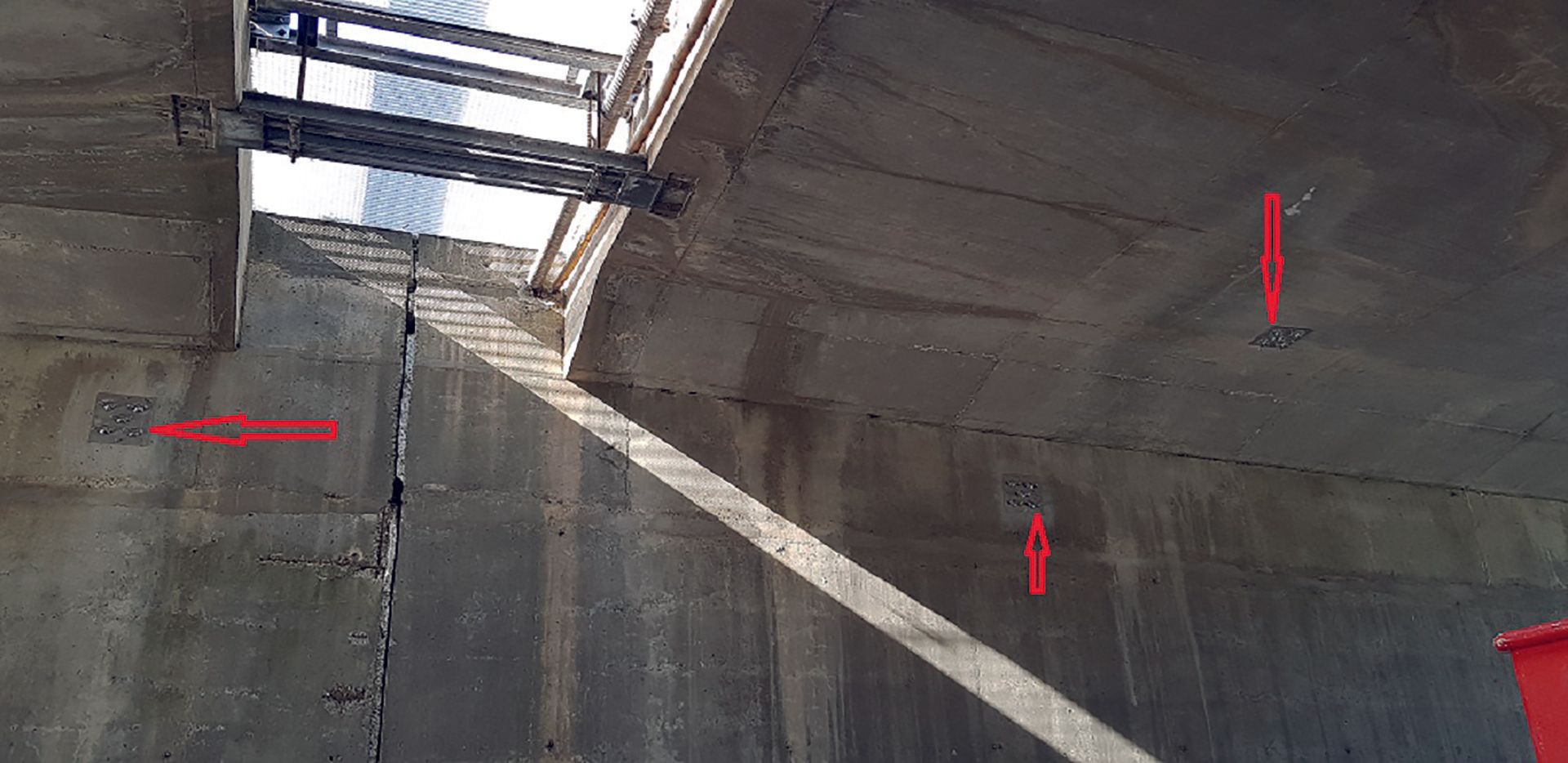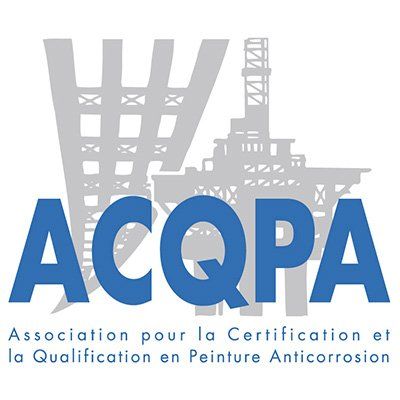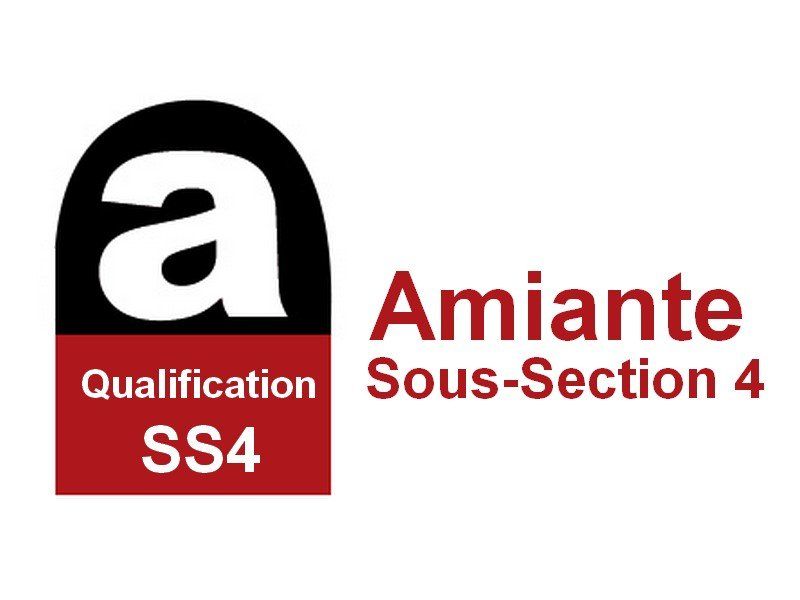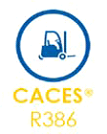Various Inspections
- Sampling and diagnosis asbestos standard NF X 46 020
- Lead sampling and diagnosis standard NF X46 030
- Porosity inspection of coatings standard ISO 29601
- Slip test for floor coverings standard DIN 51131
- Checking the cohesion of concrete standard NF EN 1542
- Carbonation of concrete standard NF EN 14630
- Ultrasonic testing of residual steel thicknesses
Our services :
Thanks to our qualified staff, we can guarantee the quality and safety of your equipment through classic non destructive testing. Visual inspection and control, porosity control, and above all ACFM (Alternating Current Field Measurement).
Visual Inspection and Thickness Measurement
MATEXIS conducts daily thickness measurements, ensuring precise measurements across a wide range of materials. Our digital thickness gauges are equipped with a variety of features, ensuring cutting-edge performance for a wide spectrum of corroded materials.
ACFM Method (Alternative Current Field Measurement)
The ACFM (Alternative Current Field Measurement) technique can be used to detect fatigue cracks.
This test is an alternative to magnetic particle inspection and has the advantage of not needing to
remove sediments beforehand. This testing technique can be used without contact or coupling.
This inspection method enables defects to be detected without stripping and can be applied through
paint and non conductive coatings up to 5 mm thick, without any specific surface preparation. The results are, of course, recorded digitally.
Field of application
- Use on coated or uncoated surfaces, new or in use.
- Use of an appropriate probe enables all surfaces to be inspected, even those that have not been welded.
- Detection and sizing (length and depth) of surface cracks in ferromagnetic materials and cast iron.
- Detection and evaluation of the length of defects in the case of other metallic materials : aluminium, stainless steels, etc.
- Electrical autonomy (PC laptop + back up battery).
Porosity testing using a dielectric comb/brush
The equipment used is a portable direct current (DC) device for detecting porosity and discontinuities in coatings. This test detects the existence of porosities in a paint coating system of any thickness applied to a metallic substrate. Porosities lead to rapid degradation of the coating and the appearance of
premature oxidation. The porosity test consists of imposing a potential difference between a detector
(wet sponge or brush electrode) and the metal of the structure. As paint is considered to be
insulating, current leaks will be interpreted as discontinuities in the coating such as pitting, pinholes,
voids, cracks, under thickness or inclusions, significantly reducing its dielectric strength. The thickness
of the coating determines the choice of equipment and the technique to be used : Wet or low
voltage sponge detector or high voltage electric broom.











